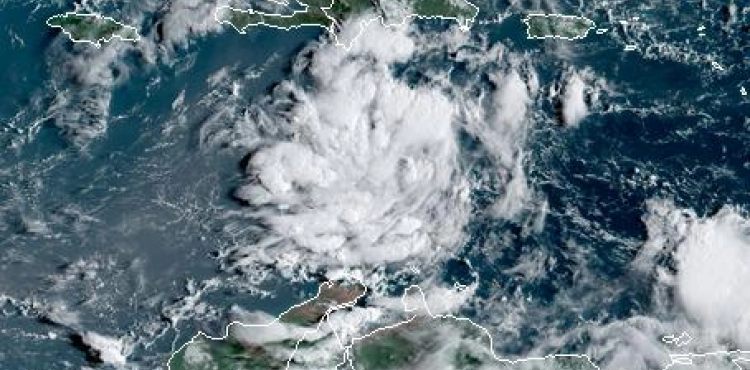Hurricane "Nana" quickly retreated and returned to a tropical storm after Thursday struck northern Central America without causing any casualties, continuing its way towards Mexico.
"The Nana is rapidly weakening in northern Guatemala and southeastern Mexico, and all warnings and alerts have been posted on the coasts," the US National Hurricane Center announced.
The wind speed of "Nana" no longer exceeds 72 kilometers per hour, and it is expected that it will once again be classified as a tropical depression upon its arrival in Mexico, according to the center, which warned, however, of the danger of flooding.
"Nana" hit the central coast of Belize on Wednesday night with heavy winds and rain, which led to the fall of a number of trees and cut off electricity, according to the Disaster Prevention Authority in Belize.
Nana was still a hurricane when it passed through Honduras, and was particularly affected by the province of Islas de la Bahia.
In Guatemala, on Thursday morning, the Disaster Prevention Coordinator reported only that some trees fell and a roof had fallen. However, the civil defense authorities are concerned about the impact of the heavy rains, knowing that large quantities of water were originally collected due to the heavy rains at the beginning of the season last May.
As for El Salvador, it declared a "green alert" as a precaution, even though it is far from the "Nana" route, and is just waiting for "moderate to strong" rain, according to Interior Minister Mario Duran.
The storms "Amanda" and "Cristobal" killed 30 people in El Salvador and five in Guatemala at the end of May and early June.
As for the hurricane season in the year 2020, which extends from June to November, it is expected to be more active and to record between 19 and 25 tropical storms, among which between 7 and 11 may turn into hurricanes.












